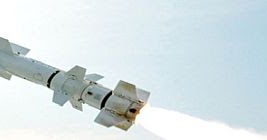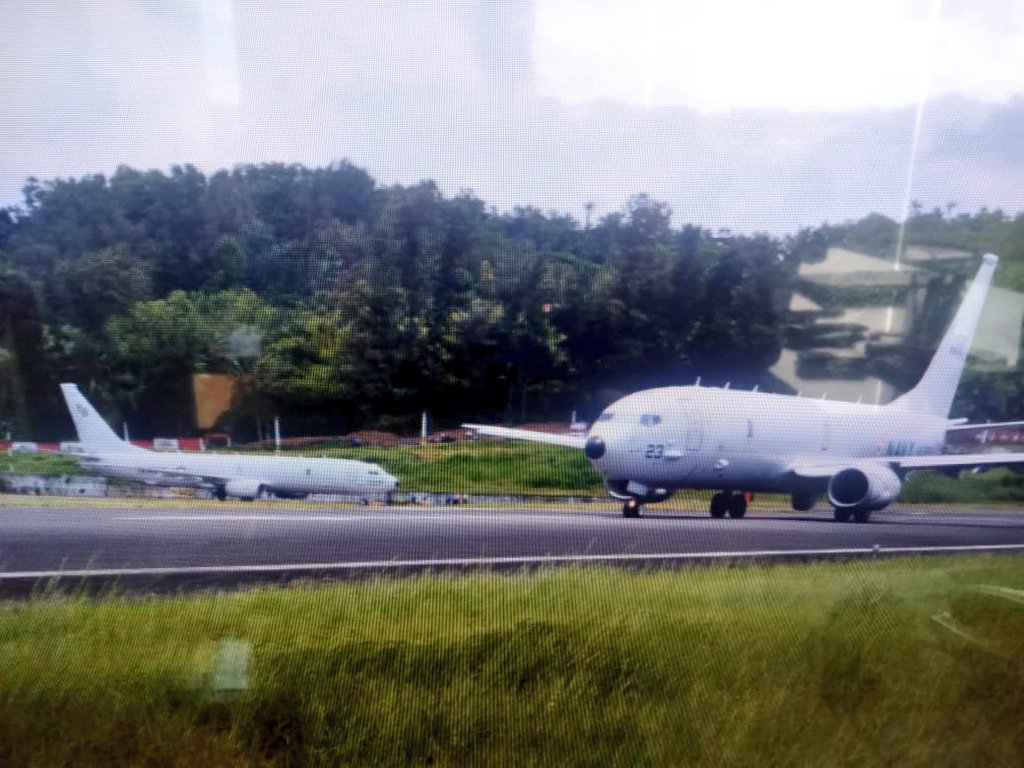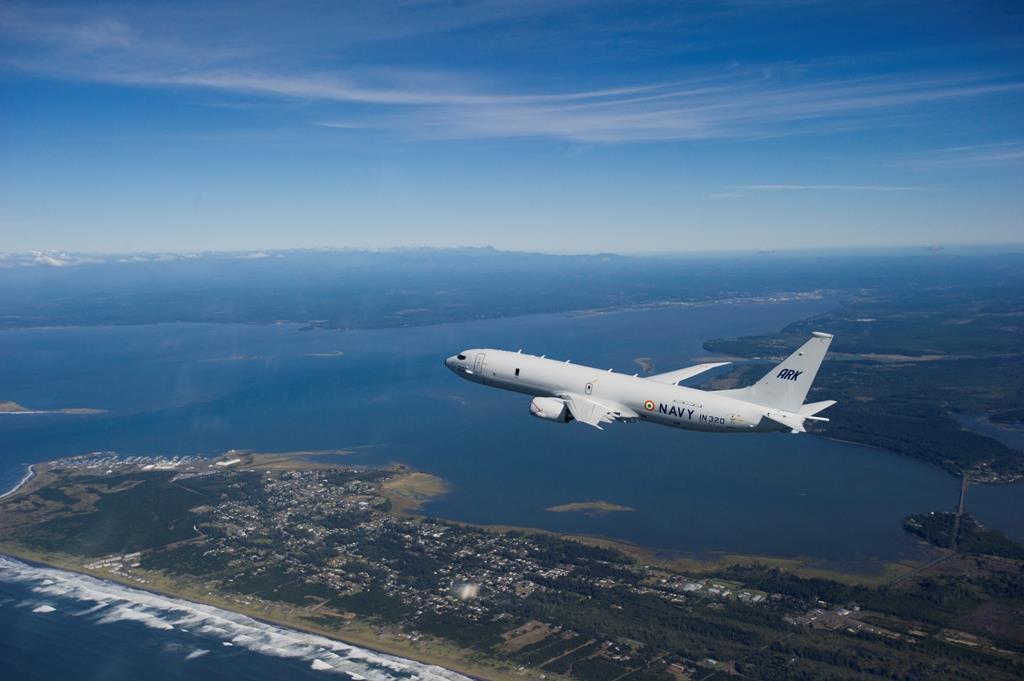abhay rajput
New Member
- Joined
- Apr 10, 2016
- Messages
- 727
- Likes
- 1,549
I have told you that USA weaponry is cheap for there vessel states. For us it's a hell lot expensive and I have given you the price. You have created mumbo jumbo . I understand your thinking so good day.Read this from BRF
The Harpoon II costs around $1.4 Million per round (less than 1/2 the cost of the LRASM). Add a 5% FMS surcharge and you'll get a very good indication of what the IN will pay per round. DSCA notifications do not include definitized contract amounts (they are pre-award estimates). As I have shown multiple times now, at times they have been off by as much as 50% when one compares the FMS estimate (a reporting requirement and upper limit) and actual contract award. I'd be surprised if the IN pays anything more than $2 million per round. But then sustainment and upgrades are probably rolled into these as well but it would be quite surprising if the final definitized contract award is anything more than $50 or so million. Better would be to search through MOD documents or Boeing awards for the actual contract amount which usually follows 6-8 months later (after notification) if the activity is pursued.
Top
John
BRF Oldie
Re: Indian Naval Aviation
Post15 Apr 2020 06:32
Yes but even at 50% it will be quite more than mil per missile anyway we won’t know. We paid quite a lot for MM40 as well which were supposed to be cheaper than harpoon.
Top
brar_w
BRF Oldie
Re: Indian Naval Aviation
Post15 Apr 2020 06:46
The 50% data is just from a small sampling I did a while back. Also FMS deals often add sustainment to their estimates as well so you could well have other costs like the EC enhancements over time added to the estimate (which may or may not be included in the final negotiated contract). Individual missile unit cost is unlikely to be more than 10-15% of what the USN pays for something brand new (though the USN does not buy new Harpoon II's). DSCA loves to add a whole host of contractor and USG services that may or may not be a part of any eventual deal.
What is said before . This quotation is to gain approval from us Congress. So they maximise it to the tilt so they don't have to seek permission again in case buyer wants full package .
If USA weaponry was so costly USA won't be the biggest defense exporter on the planet.










